Fresh fish ticks all the boxes for health, sustainability and speed to cook. But the convenience sector must manage wastage to reel in the sales, says Amanda Nicholls
Although supermarkets dominate the category, the total chilled fish market in c-stores is worth £56m a year, representing growth of 22% year on year, according to Nielsen. This compares with just 8% growth for the total market.
According to Nielsen, Young's chilled fish brand is now as big as Wall's Magnum, Kellogg's Cornflakes and Clover Spread, proving that fresh fish is going mainstream. So why are some retailers reluctant to welcome fish into their chillers?
As with other fresh and chilled products, waste is a concern. Bob Flemming, managing director of The Big Prawn Company, says retailers have to make sure they choose the right range to deliver low waste. He says: "You see a lot of products on deals so they move through the store quickly. We look at it slightly differently in that we have a range of long-life products in our brine range, which have a six-week shelf life. In terms of wastage this is great for c-stores and we've had huge success in Co-op, Spar and Budgens."
Market leader Young's has also been focusing on making fresh fish more accessible to smaller stores. Under its 'ProLong' initiative, it has developed longer-life versions of all its key types of products including meals, coated fish, prawns and ready to eat. Marketing director Yvonne Adam says the initiative will appeal to the convenience sector by offering products with a shelf life of at least 10 days.
She says: "We have introduced a range of technological innovations to guarantee longer shelf life without any detriment to the product's taste or natural goodness."
Young's is also working with Nisa members to develop their chilled fish business with a pack to help stores decide which range to stock, order patterns and positions in store. Groups were identified for a trial period, with Young's helping out with any early wastage.
Young's found that promotions which have supporting leaflets on shelf offered the best sales return, while rolling promotional plans for products have a better effect than a single ongoing promotion. It also found that there is no 'one size fits all' answer to ranging, with demographics, level of store investment and location all influencing the likely success of products.
Andrew Hirst, Nisa-Today's trading controller, says: "Some of our retailers have embraced the fresh offering and have now got a better range than some larger stores. There's a store in Leicestershire that takes about a £1,000
a week on chilled fish."
Hirst says one trap retailers should avoid is assuming that the fish category is focused purely on fillets. "When you talk about fresh fish it brings to mind a 250g cod fillet," he says. "In our top six sellers there's only one fillet product and that's salmon. There's also seafood sticks, prawns, kippers and ready meals such as fisherman's pie."
Small is beautiful
The Big Prawn Company's Flemming says retailers should move away from tired formats and species to focus on extending smaller pack sizes to drive growth in one-and two-person households. "They are looking for convenience, microwavable lines and portion control, so I would recommend retailers look for high-value, long-life and premium-end products that satisfy a light supper requirement," he says.
As such, The Big Prawn Company is looking to increase its presence in the convenience retail market with a range of heat-to-eat meals called Seafood Sensations.
They launched in October consisting of three variants in 150g two-portion servings: Moules Marinière, Scallops in garlic butter and King prawns in garlic butter. The products are on sale for a premium rrp of £1.99 to £4.29 and have a minimum shelf life of 14 days.
Market analyst Mintel says the industry has had to cope with the increased emphasis on sustainability and restrictions of quotas. It says this has led to consumers wanting to eat more fish, but with concerns over whether or not supply can, or should, meet demand.
Manufacturers and retailers have caught on. All Young's brand products come with the 'Fish for Life' approach, which guarantees that the fish has been sourced according to responsible fisheries standards. It's also introducing new farmed species such as Chinese basa, available in a lemon and herb crumb.
In October Young's targeted consumer interest in provenance with the launch of the Great Grimsby range, celebrating Europe's oldest fishing port. The seven products feature sustainably sourced fish with dishes ranging from Five Fish Pie to the World's First Fish Finger.
Nisa's Hirst says: "Sustainability is very important and we are trying to change our promotional plans so that instead of promoting cod and haddock we will try to promote breaded pollock or breaded hake instead. We are trying to work harder to get people to try to eat alternative species, but it's not easy."
Mintel predicts that health and sustainability will help push the sector forward and the future for chilled fish looks rosy with a predicted increase of 35% growth until 2011.
Fish is low in fat and calories and is rich in omega 3, which has been the focus of extensive media coverage over the past few years.
Health campaigns have been championing the nutritional advantages of seafood and in October Lyons Seafoods backed the '2 a week' national consumer campaign where 800,000 packs of prawns carried the National Seafood Week logo.
While frozen fish sales are slowing and are predicted to stagnate, convenience retailers should prepare themselves for the growth in the chilled seafood category.
Hirst says: "I would advocate reasonable sized stores stocking the top six fresh fish ranges. If they don't sell well then perhaps limit it to the top three ranges. And if that doesn't work perhaps just stock seafood sticks and kipper fillets.
"Fish is something that's quick and easy for tea, your wastage should be reasonably low and you could consider bringing in a dish of the week that includes fish which is on promotion."
Although supermarkets dominate the category, the total chilled fish market in c-stores is worth £56m a year, representing growth of 22% year on year, according to Nielsen. This compares with just 8% growth for the total market.
According to Nielsen, Young's chilled fish brand is now as big as Wall's Magnum, Kellogg's Cornflakes and Clover Spread, proving that fresh fish is going mainstream. So why are some retailers reluctant to welcome fish into their chillers?
As with other fresh and chilled products, waste is a concern. Bob Flemming, managing director of The Big Prawn Company, says retailers have to make sure they choose the right range to deliver low waste. He says: "You see a lot of products on deals so they move through the store quickly. We look at it slightly differently in that we have a range of long-life products in our brine range, which have a six-week shelf life. In terms of wastage this is great for c-stores and we've had huge success in Co-op, Spar and Budgens."
Market leader Young's has also been focusing on making fresh fish more accessible to smaller stores. Under its 'ProLong' initiative, it has developed longer-life versions of all its key types of products including meals, coated fish, prawns and ready to eat. Marketing director Yvonne Adam says the initiative will appeal to the convenience sector by offering products with a shelf life of at least 10 days.
She says: "We have introduced a range of technological innovations to guarantee longer shelf life without any detriment to the product's taste or natural goodness."
Young's is also working with Nisa members to develop their chilled fish business with a pack to help stores decide which range to stock, order patterns and positions in store. Groups were identified for a trial period, with Young's helping out with any early wastage.
Young's found that promotions which have supporting leaflets on shelf offered the best sales return, while rolling promotional plans for products have a better effect than a single ongoing promotion. It also found that there is no 'one size fits all' answer to ranging, with demographics, level of store investment and location all influencing the likely success of products.
Andrew Hirst, Nisa-Today's trading controller, says: "Some of our retailers have embraced the fresh offering and have now got a better range than some larger stores. There's a store in Leicestershire that takes about a £1,000
a week on chilled fish."
Hirst says one trap retailers should avoid is assuming that the fish category is focused purely on fillets. "When you talk about fresh fish it brings to mind a 250g cod fillet," he says. "In our top six sellers there's only one fillet product and that's salmon. There's also seafood sticks, prawns, kippers and ready meals such as fisherman's pie."
Small is beautiful
The Big Prawn Company's Flemming says retailers should move away from tired formats and species to focus on extending smaller pack sizes to drive growth in one-and two-person households. "They are looking for convenience, microwavable lines and portion control, so I would recommend retailers look for high-value, long-life and premium-end products that satisfy a light supper requirement," he says.
As such, The Big Prawn Company is looking to increase its presence in the convenience retail market with a range of heat-to-eat meals called Seafood Sensations.
They launched in October consisting of three variants in 150g two-portion servings: Moules Marinière, Scallops in garlic butter and King prawns in garlic butter. The products are on sale for a premium rrp of £1.99 to £4.29 and have a minimum shelf life of 14 days.
Market analyst Mintel says the industry has had to cope with the increased emphasis on sustainability and restrictions of quotas. It says this has led to consumers wanting to eat more fish, but with concerns over whether or not supply can, or should, meet demand.
Manufacturers and retailers have caught on. All Young's brand products come with the 'Fish for Life' approach, which guarantees that the fish has been sourced according to responsible fisheries standards. It's also introducing new farmed species such as Chinese basa, available in a lemon and herb crumb.
In October Young's targeted consumer interest in provenance with the launch of the Great Grimsby range, celebrating Europe's oldest fishing port. The seven products feature sustainably sourced fish with dishes ranging from Five Fish Pie to the World's First Fish Finger.
Nisa's Hirst says: "Sustainability is very important and we are trying to change our promotional plans so that instead of promoting cod and haddock we will try to promote breaded pollock or breaded hake instead. We are trying to work harder to get people to try to eat alternative species, but it's not easy."
Mintel predicts that health and sustainability will help push the sector forward and the future for chilled fish looks rosy with a predicted increase of 35% growth until 2011.
Fish is low in fat and calories and is rich in omega 3, which has been the focus of extensive media coverage over the past few years.
Health campaigns have been championing the nutritional advantages of seafood and in October Lyons Seafoods backed the '2 a week' national consumer campaign where 800,000 packs of prawns carried the National Seafood Week logo.
While frozen fish sales are slowing and are predicted to stagnate, convenience retailers should prepare themselves for the growth in the chilled seafood category.
Hirst says: "I would advocate reasonable sized stores stocking the top six fresh fish ranges. If they don't sell well then perhaps limit it to the top three ranges. And if that doesn't work perhaps just stock seafood sticks and kipper fillets.
"Fish is something that's quick and easy for tea, your wastage should be reasonably low and you could consider bringing in a dish of the week that includes fish which is on promotion."
















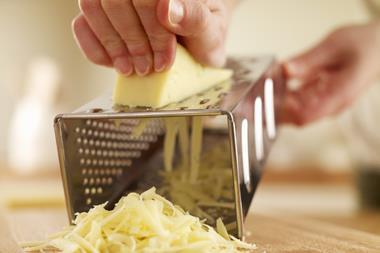

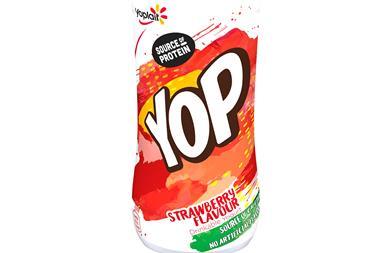
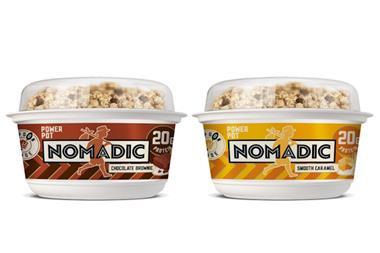
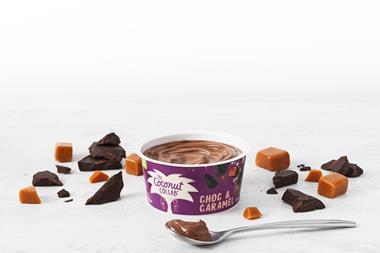
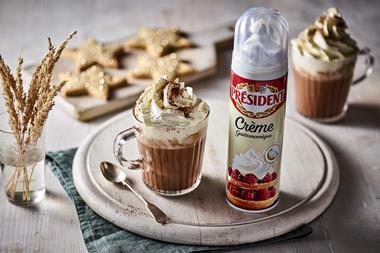
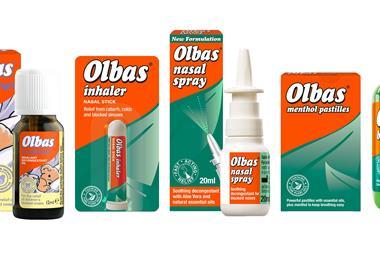

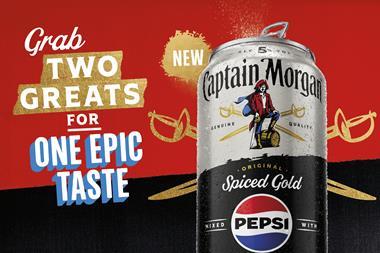

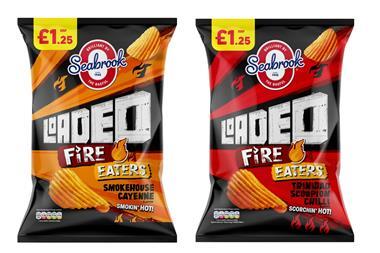
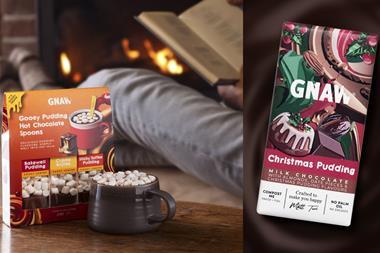
No comments yet